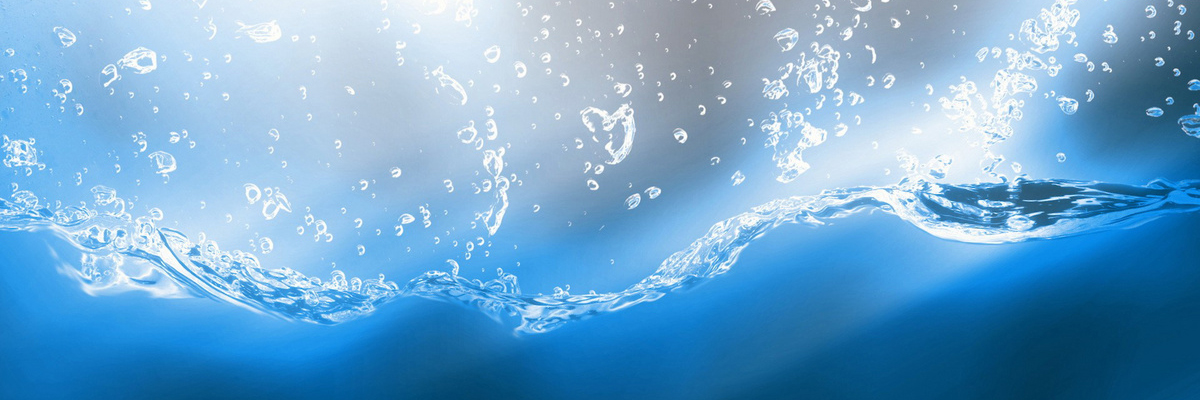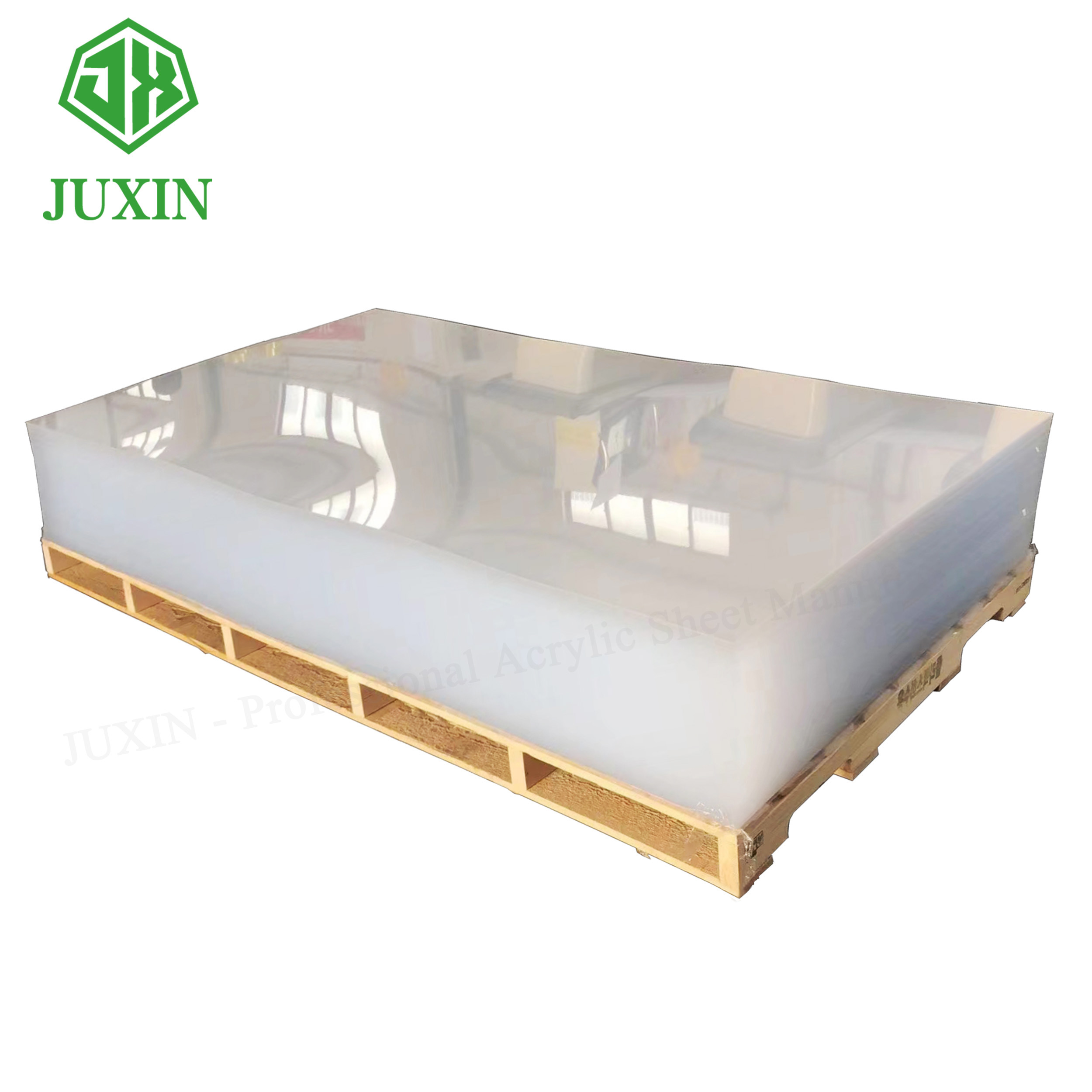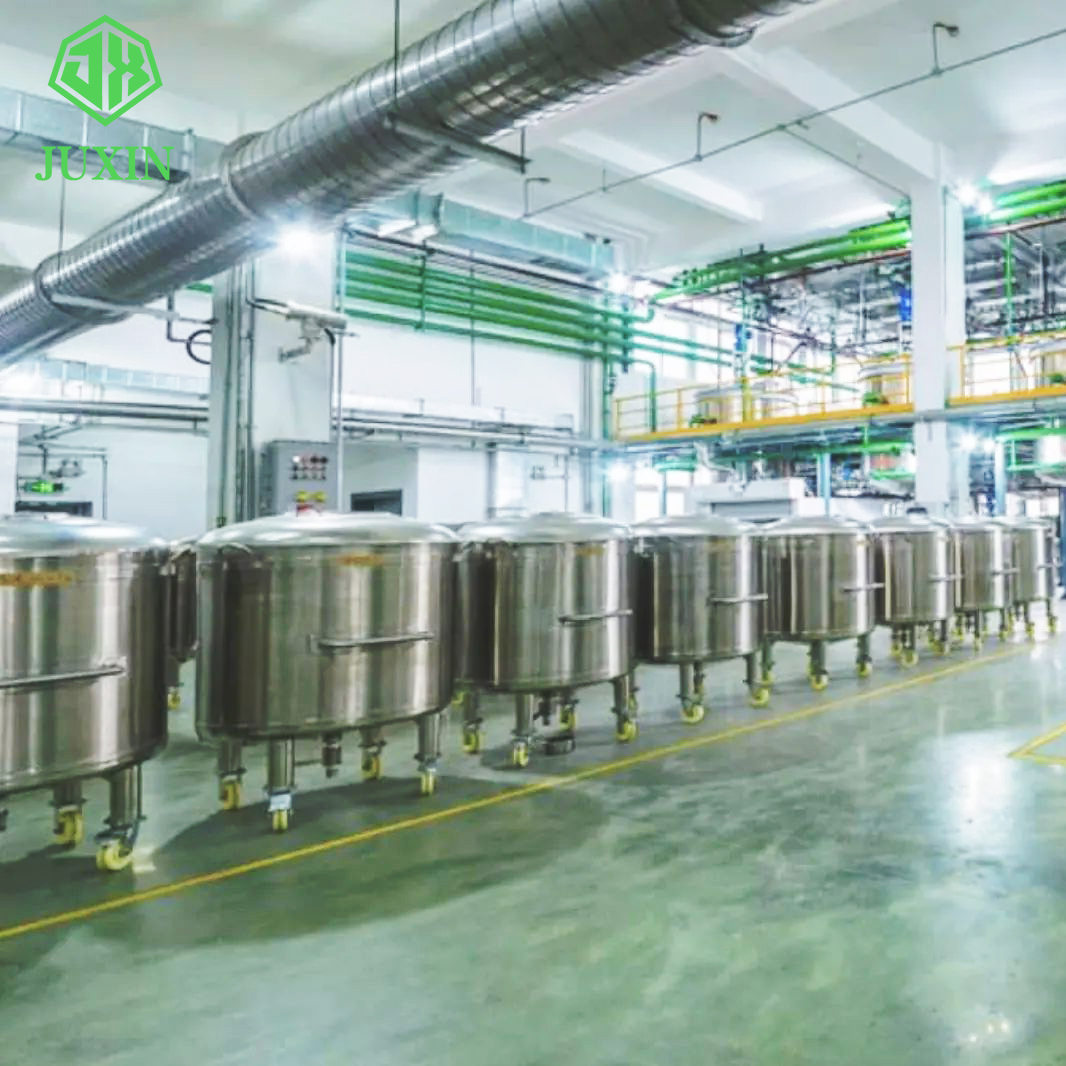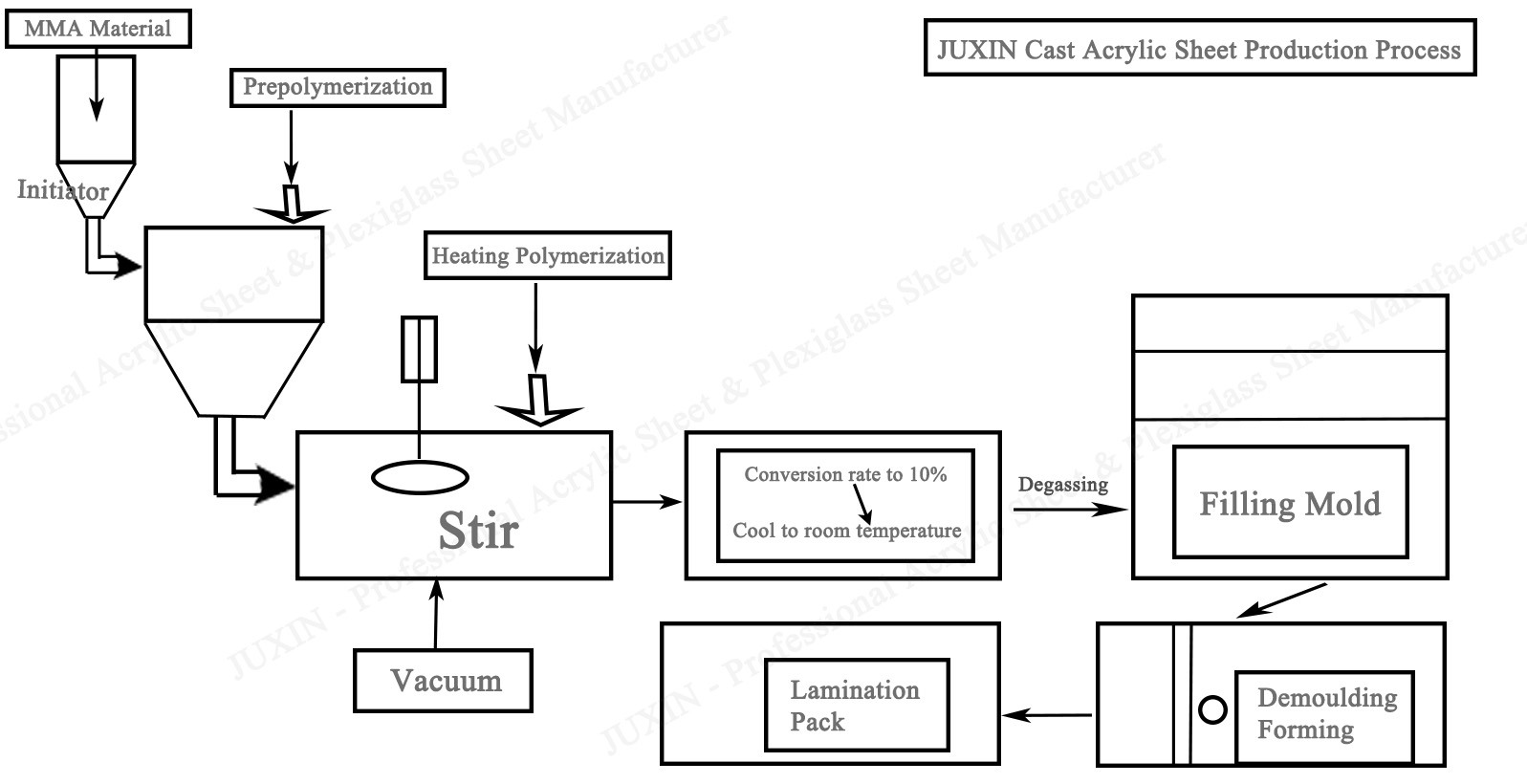Production process of cast acrylic sheet
Acrylic sheet are divided into two categories according to the production process:
Cast acrylic panels are produced by melting acrylic raw materials at high temperatures and placing them in molds.
The cast acrylic sheet uses new MMA as raw material. Under the action of the initiator, it is heated and polymerized. When the conversion rate reaches 10%, it is cooled to normal temperature, degassed, poured into a template made of inorganic glass, and heated in a water bath and drying room. , wait for the material to complete polymerization before forming, and then the acrylic sheet is coated and packaged into the finished product.
Figuratively speaking, the casting process is like making tofu. Soy milk is poured into an outer frame mold, and then a plate is pressed against it to solidify and form the tofu.
Casting production must use molds, and the texture, shape, and structure of the surface of the processed product are very complex, so the production scale is suitable for small batch production.
It has unparalleled flexibility in color systems and surface texture effects, and has complete product specifications, suitable for various special purposes. Products made by casting have high toughness and strength, and are also good in appearance. In addition, it also has very good transparency and excellent chemical resistance.
Acrylic sheet is a pure acrylic solid sheet with polymethyl methacrylate (PMMA) as the matrix and ultrafine aluminum hydroxide as the filler. Because PMMA is a flowing resin, the pressing process is complex and difficult. Acrylic sheets have relatively good hardness and toughness, can be bent, and have excellent weather resistance and mechanical properties, and will not be damaged even under large temperature differences. Natural cracking occurs.
Equipment is critical in the production and manufacturing of 100% virgin acrylic sheets. The quality of the equipment can directly affect the performance of the final product. In particular, the degree of vacuum should generally reach about -0.1MPa. Among them, the main production equipment 4 includes resin raw material barrels, molds, vacuum mixers, vibration tables, pulverizers, ovens, sanders, polishers, cutting machines, etc.
1)Raw material barrel:
The resin is dissolved into a resin of a certain viscosity in the raw material barrel.
2)Mold:
When producing solid plates, tempered glass with a flat and smooth surface is usually used as the mold base, and rubber strips and aluminum alloy frames are used as the mold frame. Stainless steel metal molds or fiberglass molds can also be used, but the surface gel coat of fiberglass is required to have considerable heat resistance and impact toughness.
3)Vacuum mixer:
The mixer should use a vacuum mixer, which starts the vacuum while stirring the materials to eliminate a large number of bubbles brought in by high-speed mixing. The capacity of the mixer can be selected according to the size of the production scale. The vacuum degree requirement can reach about -0.1MPa.
4)Vibrating table:
In order to achieve the required density of the casting surface material, a vibrating table equipment is also required.
5)Crusher:
The pulverizer is a device that crushes the solidified color material into colored particles. It is used in conjunction with the classification screen to prepare various colored particle fillers with different distributions.
6)Drying room:
The drying room or oven is the place where solid boards are cured and formed, which has a great influence on the quality of pure polymethyl methacrylate solid surface materials. Generally, the temperature is required to be uniform and reach 80~100℃ to satisfy the use.
7)Polishing equipment:
Polishing equipment is a device that makes acrylic sheets thick and bright.
1. Preparation of color materials and granular materials with different distributions:
Add prepolymer slurry and color paste, add about 60% aluminum hydroxide powder and an appropriate amount of additives, stir and mix, vacuum and defoam, and solidify in a casting mold , crush it with a pulverizer after curing is completed, and classify it through a grading screen for later use. In order to match a more generous and coordinated color, different colors and different distribution of granular materials are needed.
2. Dissolution of raw materials:
Add polymethyl methacrylate powder to methyl methacrylate monomer to dissolve and adjust the viscosity. The prepolymer should be fully dissolved and the viscosity should reach about 40 seconds. In order to fully dissolve and eliminate air bubbles, it is best to It is best to dissolve and let stand overnight.
3. Clean the mold:
Clean the surface of the mold and apply release wax or release agent evenly without leaving any dead corners. Release agents include paraffin wax, PVA glue, etc.
4. Vacuum:
Put appropriate amount of prepolymer and base color slurry into a vacuum mixer. Add about 2% defoaming agent, an appropriate amount of initiator, and about 30% aluminum hydroxide powder to the resin. After mixing at low speed, add colored granular materials of different particle sizes, stir in vacuum, and vacuum at -0.08~-0.1MPa for 10 minutes to remove all bubbles.
5. Stirring and pouring:
Pour the mixed material into the mold slowly and evenly. Before the resin-poured mold enters the oven, a vacuum should be drawn on the vibrating table to ensure that there are no bubbles in the product.
6. Curing molding:
After solid surface material is cured at low temperature for 12 hours, it reaches a certain demoulding strength and can be demoulded. It is then placed in a plywood and fully cured at 100°C for 2 hours to finalize the shape.
7. Polishing:
The fully cured plate can be post-processed. Roughly sand off the upper and lower surfaces of the board, then finely grind and polish them.
8. Coating:
The polished plate is covered with film to protect the product surface from being scratched or roughened during loading, unloading and transportation.
Cast acrylic sheet is harder than extruded acrylic sheet, lighter and tougher than glass, and is easy to process, engrave, bend, screen print, inkjet, etc. It is widely used, such as light boxes, signs, bathrooms, display racks, acrylic crafts, and skylights. , construction, etc.
The reason why 100% pure raw material acrylic sheets are deeply loved by consumers is that acrylic panels have many advantages in use: they have overall performance consistent with the surrounding environment; they can serve as complex and irregular structures; they can withstand high temperatures and hot and cold temperatures. It has an alternating effect; it is not afraid of environmental moisture; it can be seamlessly spliced so that bacteria and dirt have no place to hide; in addition, it itself has a certain function of inhibiting bacterial reproduction.
These advantages of JUXIN pure acrylic sheets make them often used in airport check-in counters, hotel and bank counters, signs, wall panels, office desks, dining tables, coffee tables, cabinets, etc., or in thermoforming production. Special-shaped sanitary ware, such as washbasins, bathtubs, toilets, etc.








